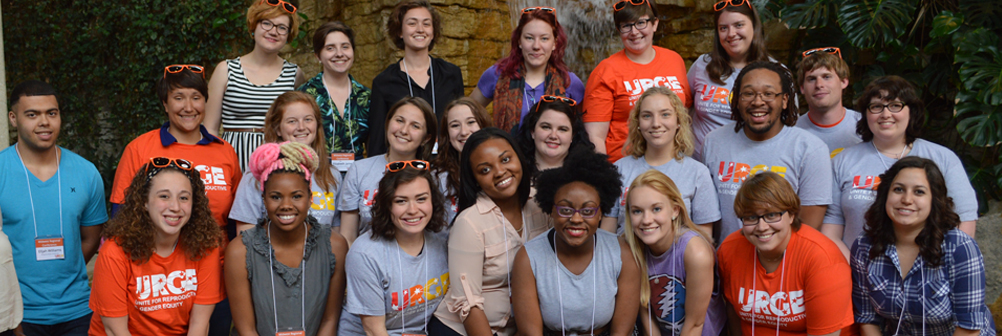Human Trafficking and Abortion Care

Posted by Tristan
April 22, 2015
Human trafficking is one of the largest systems of organized criminal activity. It is frequently considered in the realm of international human rights. Because of lack of media coverage and education on human trafficking in the United States, I was recently surprised to learn that Lorain County, where my school is located, has one of the highest human trafficking rates in the United States. As a county with three major interstate highways running through it, Lorain is an epicenter for exchange. In Ohio, almost 1,100 minors are trafficked each year.
Organizations such as Project Unbound and the Human Trafficking Collaborative of Lorain County are working to stop the epidemic, get people who are in hostage situations to safety, and provide care to survivors. Many of the projects to get help to these trafficked people are focused on getting information to them in the most likely place they will be alone, the bathroom. The S.O.A.P. campaign specifically focuses on providing resources for help on bars of soap. Another large part of many anti-trafficking organizations is to shift public association of sex trafficking with prostitution. Many trafficked people face rejection when they are trying to get help because their experience is conflated with that of sex workers.
Learning about trafficking that is occurring just miles away from my school, brought the issue much more into my immediate understanding. This is not just an international issue and it could very likely be happening just miles away from you without your knowledge. One reason I wanted to report on trafficking this week is because just yesterday an article was published on RH Reality Check by Emily Crockett covering a new amendment that threatened access to abortion care for survivors of sex trafficking.
The Justice for Victims of Trafficking Act (JVTA) has been moving through the US Senate, but in an attempt at coming to a compromised agreement between the pro-choice and anti-choice factions, the bill was only a limited victory for advocates of rights for trafficked people. The new amendment will limit survivors of sex trafficking from accessing abortion services, but it will not increase the reach of the Hyde Amendment as earlier versions of the bill might have. Crockett explained that, “80 percent of trafficking victims end up pregnant, often multiple times.” With these high rates, it is crucial that they be provided with easy access to reproductive health care. The JVTA agreement included expanding aspects of the Hyde Amendment, specifically restriction of funding. This limits funding for survivors who seek care, which could be the definitive factor for many female-bodied people who want to terminate pregnancy.
Crockett broke the comprise down explaining that it “splits funding for victims’ services into two parts. A fine collected from convicted sex traffickers would no longer pay for any health-care services, instead going to things like law enforcement and legal aid for survivors. The health care needs of survivors will be paid for with community health center funds, which recently passed as part of a Medicare reform bill and are already prevented by Hyde from covering abortion services or referrals.”
Reproductive justice and sex trafficking are closely related, but so many of the RJ activists I know don’t have a great deal of knowledge on sex trafficking. This could be for many different reasons, from it being thought of as an international issue to the low inclination or ability of victims to come forward. The JVTA brought many of the intertwining aspects of these issues together and hopefully more activists will seek out resources for how they can educate themselves help stop trafficking.
Leave a Reply
You must be logged in to post a comment.

